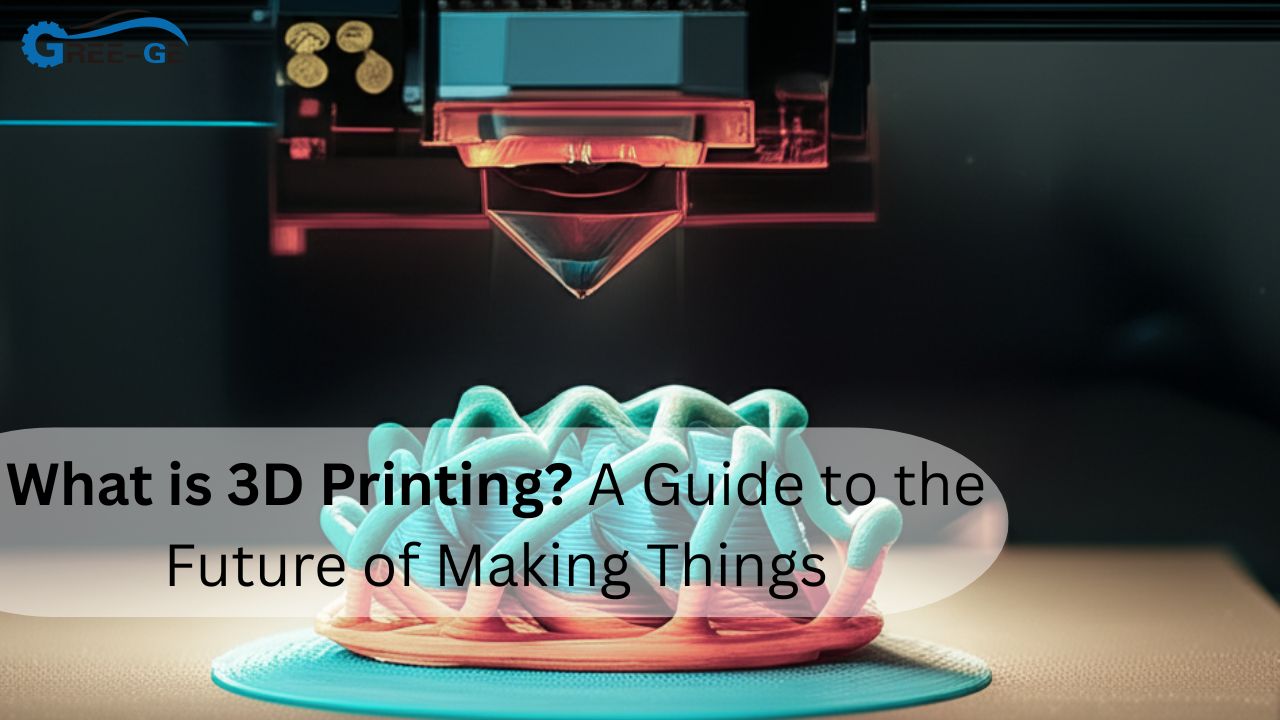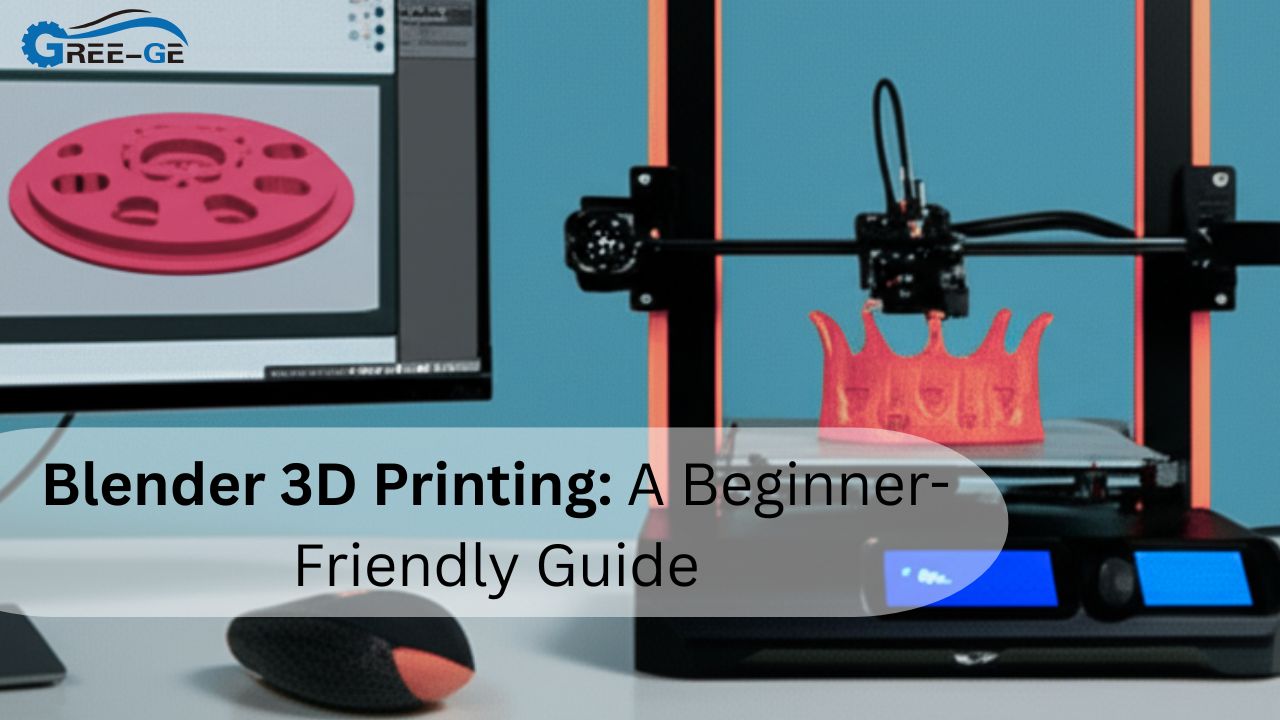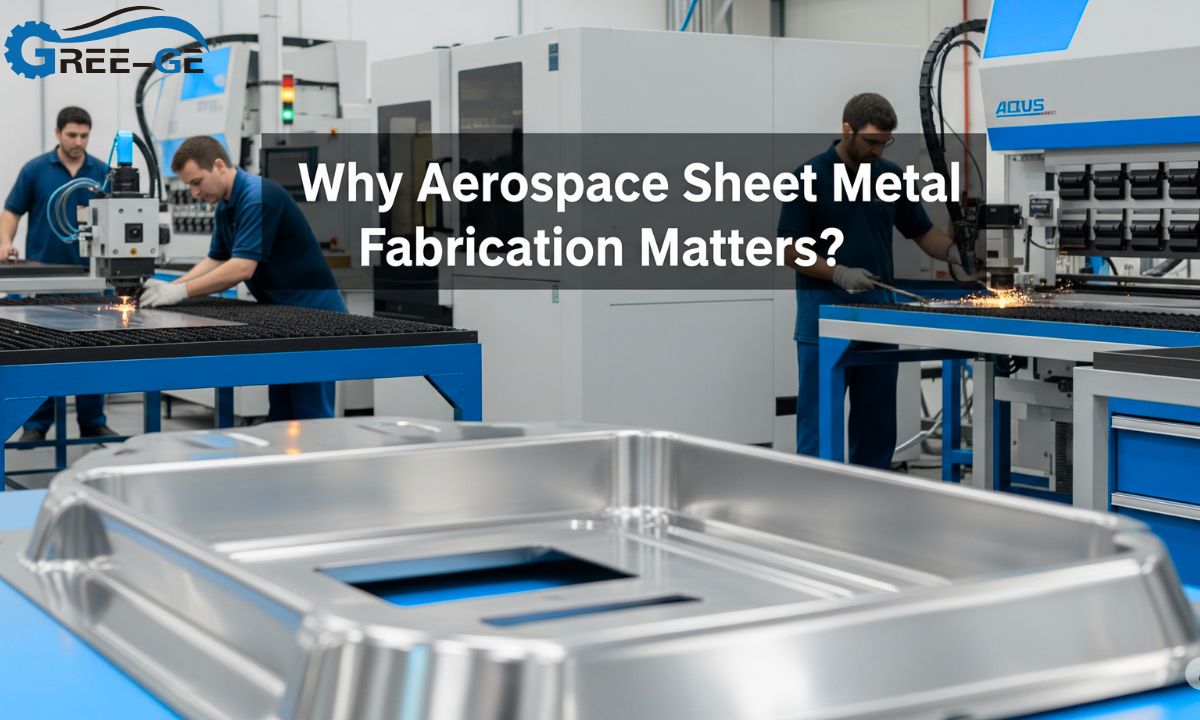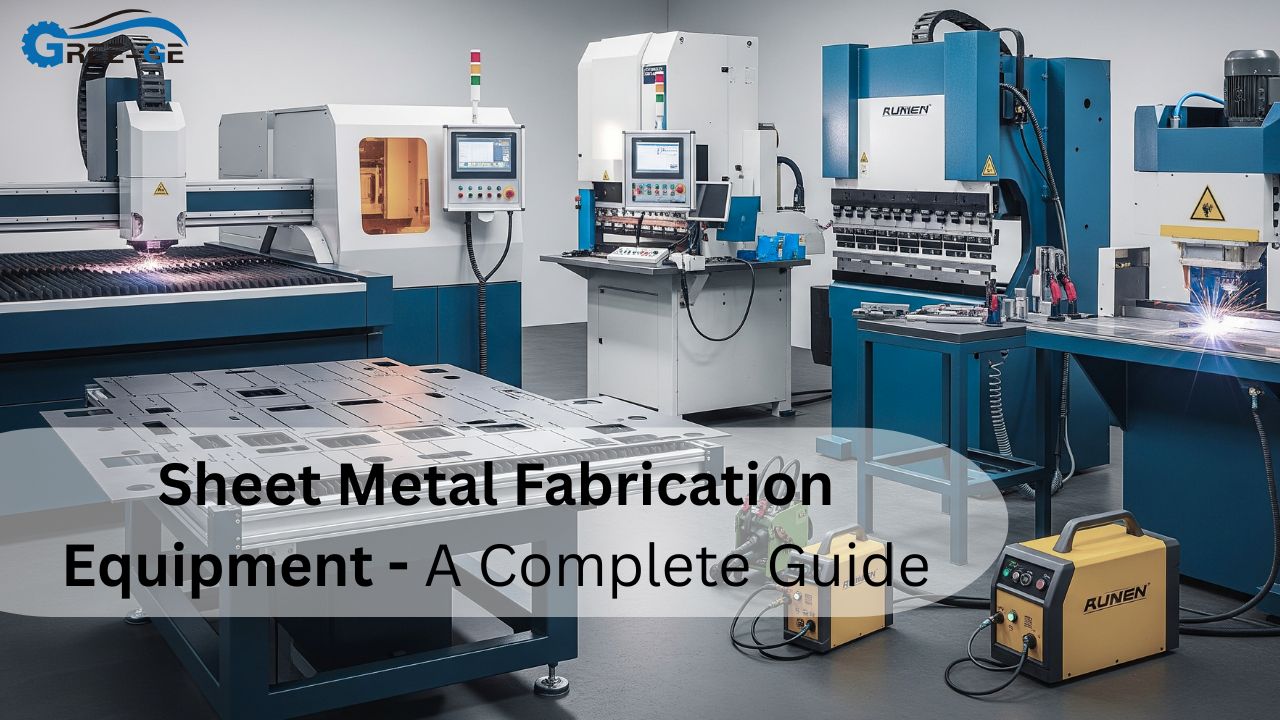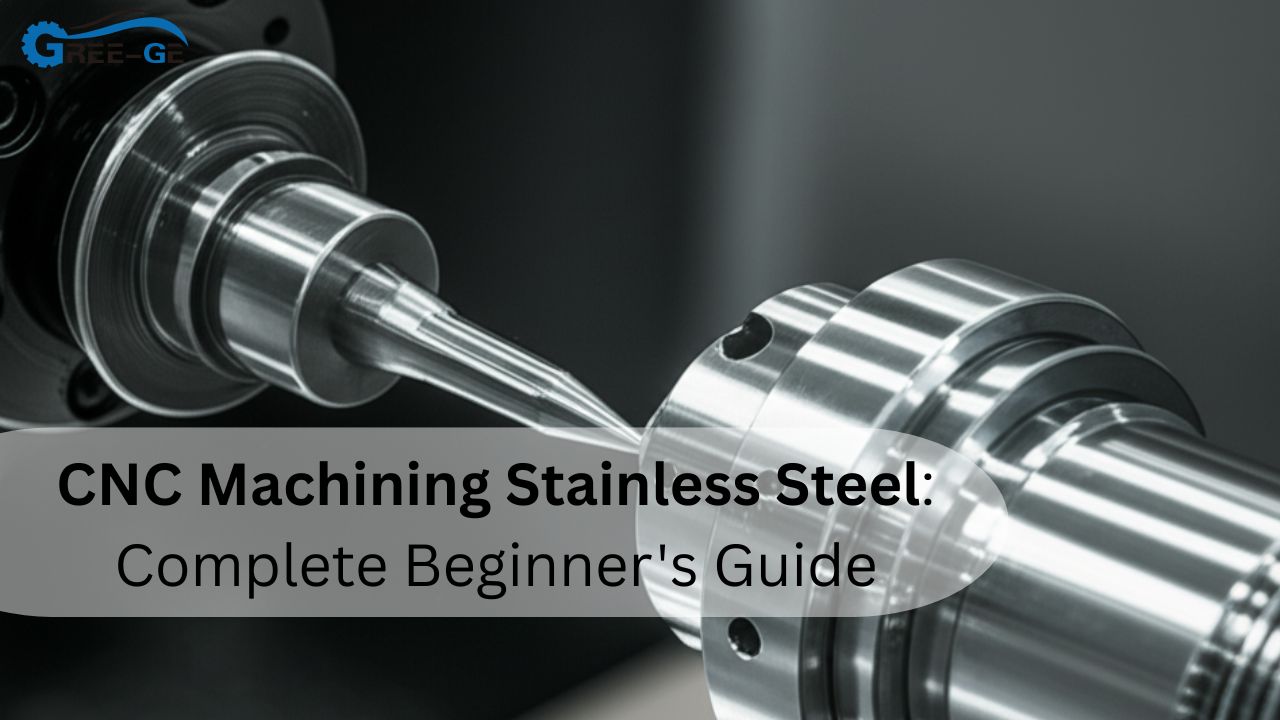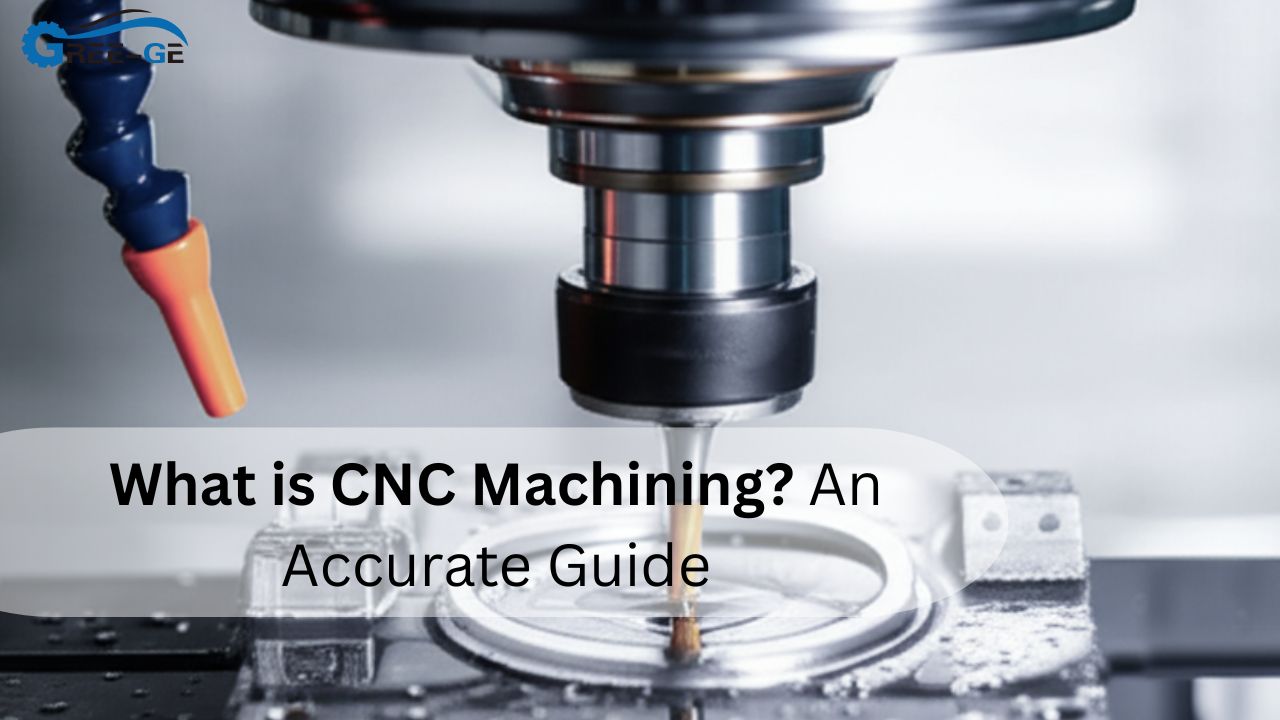Running a plastic injection molding press feels like a race: every second the mold stays closed is cash left on the table. You want more parts, lower costs, and zero scrap, but each cycle still drags, mostly while the part just sits there cooling. Quick wins to shrink a cycle on any plastic injection molding press:
- Upgrade cooling channels
- Trim wall thickness
- Boost injection speed safely
- Switch to hot runners
- Add robotic part take-out
In this guide, we’ll break down where seconds hide, how smarter cooling, leaner walls, faster robots, and tuned injection molding equipment turn minutes into money.
Plastic Injection Molding Press: Fastest Path To Shorter Cycles
A single minute saved per run stacks into hours by week’s end. First, clock every stage of your own plastic injection molding press with a stopwatch. You’ll likely see that cooling eats up half or more of the schedule. Next, map warm plastic flow like water through pipes—if walls are thick, plastic stays hot and the clock keeps ticking. Finally, review part-handling: if an operator digs pieces out by hand, automation may chop 30% off wait time. Below, we dive into each slice of the pie and serve you bite-sized fixes.
Optimize Mold Cooling (Long Game, Big Payoff)
Cooling lines are the mold’s radiator. Straight gun-drilled passages work, but conformal channels hug the cavity and suck heat faster. Swapping inserts to beryllium-copper alloys boosts thermal conductance, too. Couple this with turbulent water flow at 2m/s and watch your cycle melt away.
Redesign For Thinner Walls
Every extra millimeter of wall adds seconds of cooling. Shoot for 2–2.5 mm in ABS plastic injection molding housings. Use ribs and gussets for stiffness instead of mass. Thin yet stable parts clear the cavity faster and stay flat.
Tune Injection Speed And Pressure
Faster fill, up to the machine’s safe limit, cuts shear heating and short shots. Ramp velocity profiles so the sprue fills quickly, then slows to pack. This micro-tweak alone can shave two seconds off a 30-second cycle.
Balance Cooling Efficiency And Water Flow
The cooling phase often hogs 60 percent of the total time. Use flow meters to confirm each channel’s liters per minute. If one loop barely trickles, the entire plastic injection molding press waits. Flow sensor alarms catch blockages early, protecting molds and cycle stats.
Info: Water temperature drop across mold faces should stay below 3 °C; bigger gaps signal poor contact or crusted lines.
Redesign Part Walls Without Losing Strength
Switching a phone shell from 3.0 mm to 2.2 mm wall thickness cut cool-down by eight seconds in one study. Add ribs at 0.6 × wall to recover rigidity. When forming ABS plastic injection molding parts, keep a minimum gate diameter of 0.8 × wall to avoid freeze-off.
Quick Tip: Use Moldflow® simulations before cutting steel to prove walls can shrink safely.
Leverage Hot Runners To Eliminate Sprues
Cold runners waste plastic and hold heat. Hot runner systems keep resin molten until the moment it enters the cavity, removing the need to cool and regrind sprues. This upgrade can drop shot size by 20 % and trim cycles on a plastic injection molding press by four seconds.
Fact: Energy-smart hot runner heaters pay for themselves in under nine months at 24/7 production rates.
Automate Part Ejection And Handling
A three-axis robot plucks parts in two seconds versus eight for manual grab-and-go. Over a million shots, that’s 1,700 saved machine hours. Choose robots rated for high precision injection molding to avoid scuffing glossy surfaces.
| Handling Method | Time Per Shot | Labor Demand | Scrap Risk |
| Hand pick | 6-10 s | 1 operator | Medium |
| Sprue picker | 4-6 s | Shared | Low |
| 3-axis robot | 2-3 s | None | Very low |
Suggestion: Program the robot to present parts directly to a vision system—rejects never hit the box.
Boost Screw Recovery And Barrel Heating
While the mold cools, the screw plasticizes resin for the next shot. If screw recovery overruns cool-time, the press idles. Increase back-pressure slightly or raise barrel zone 1 by 5 °C to speed up the melt. Choose a barrier screw for shearing tough, glass-filled rapid injection molding blends without overheating.
Upgrade To Smart Injection Molding Equipment
Modern presses self-adjust screw rpm, injection velocity, and hold pressure in real time. Sensors feed data to AI loops, perfect for injection molding equipment of medical parts. Retrofits on legacy clamps also widen tie-bar strain windows, letting you pack more cavities without flash.
Warnings: Keep spare servo drives; electronic downtime reverses every saved second.
Adopt Scientific Molding For Consistent Pack
High-resolution cavity pressure plots tell you when pack-and-hold can stop early. Ending hold 0.4 s sooner, yet at the same cushion, frees each plastic injection molding press for the next cycle faster while holding dimensions.
Trim Clamp Open/Close Motion With Soft Landing
Electric toggles close molds in half the time of hydraulics, yet hit the “kiss” force softly, protecting parting lines. For ABS plastic injection molding of cosmetic components, smooth landings prevent flash and second-op deflashing waste.
Danger: Never boost clamp speed without confirming that safety light curtains respond just as fast.
Maintain Heat Transfer With Clean Channels
Scale deposits insulate steel like sweaters. Descalve loops quarterly with citric-acid flushes. A clean channel improves heat transfer by up to 30 %, cutting two or more seconds from cooling on the same plastic injection molding press.
Standardize Material Drying And Temperatures
Wet resin steams, needs longer pack, and can even stall the screw. Pre-dry ABS to 0.05 % moisture. Consistent resin temps keep viscosity stable, enabling the faster profiles demanded by rapid injection molding contracts.
Conclusion
Every stage of a cycle hides time thieves. Measure, tweak, and verify—then do it again. By revamping cooling, slimming walls, adding hot runners, and automating take-out, a single plastic injection molding press can pump thousands more parts per shift. Spend minutes tuning today to bank hours tomorrow—your P&L will thank you.
FAQs
What is a realistic cycle-time goal?
Aim for 20–25 seconds on small consumer parts and under 60 seconds on medium housings; numbers vary by resin and wall thickness.
Does faster injection always mean better cycles?
No. Too fast can trap gas and raise rejects. Balance velocity with venting.
Are hot runners worth the cost for short runs?
Usually not; savings appear as shot counts rise. Cold runners may win for prototypes.
When should I choose aluminum molds?
For pilot series under 50k shots, aluminum cools quickly and machines fast.
How often should cooling lines be cleaned?
At least every six months, or sooner if water quality is poor.

